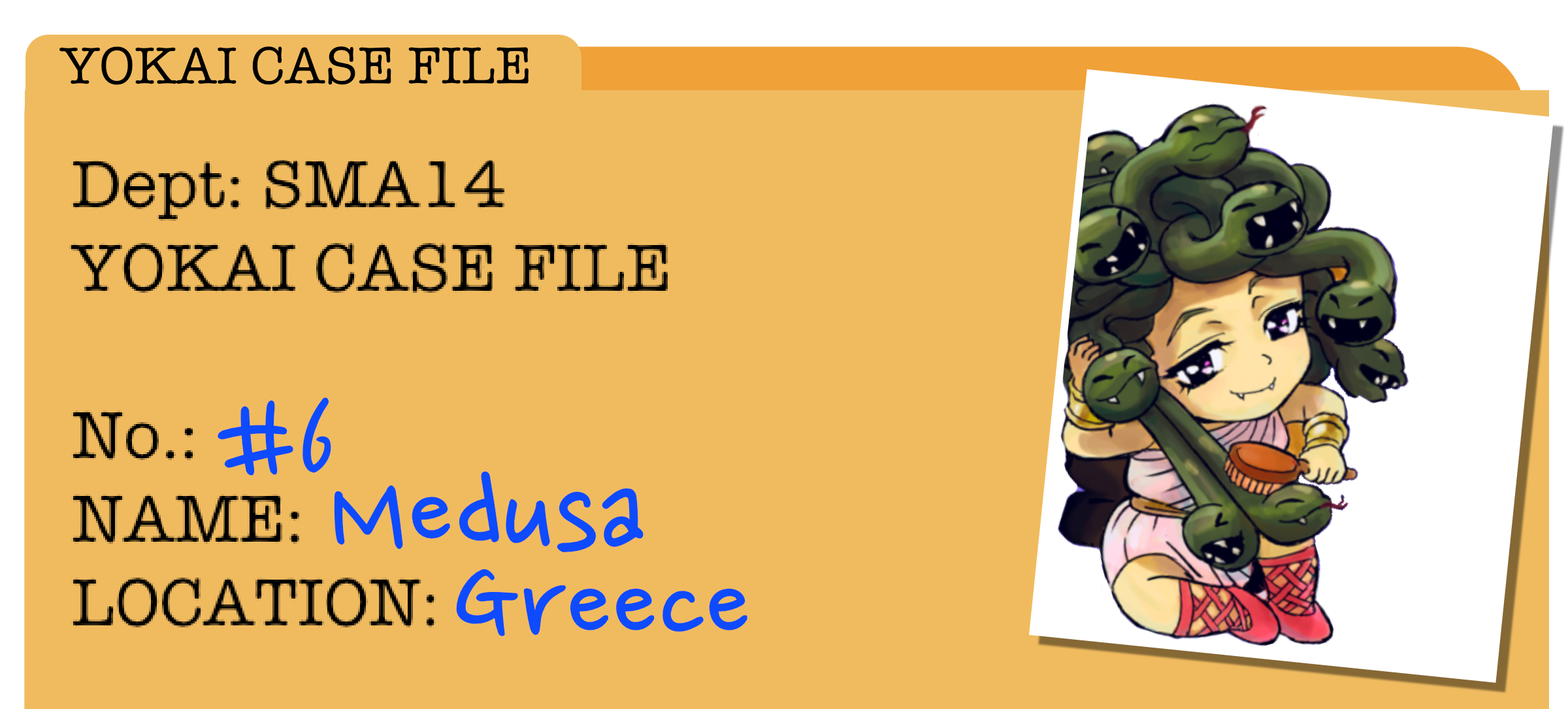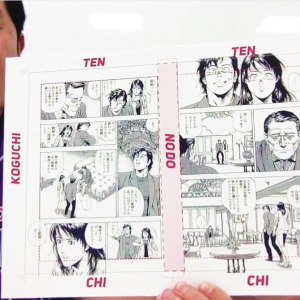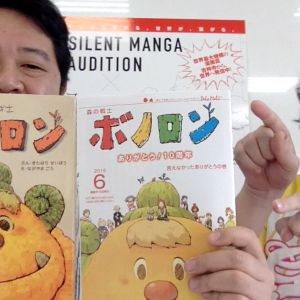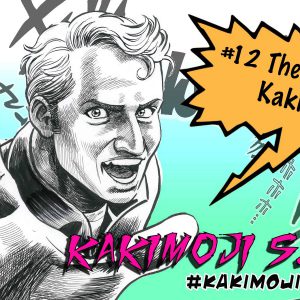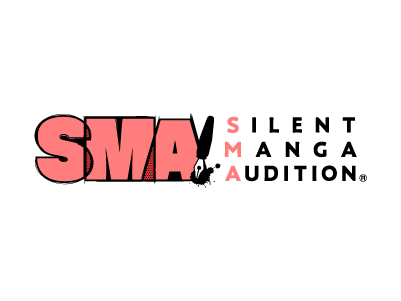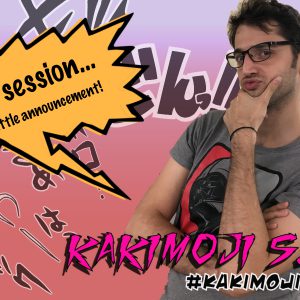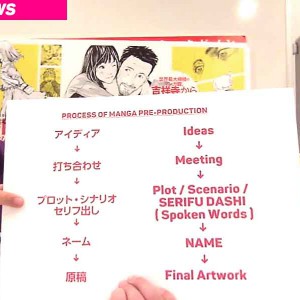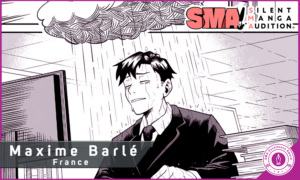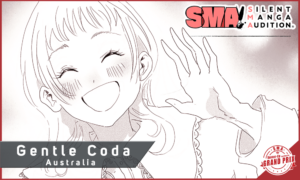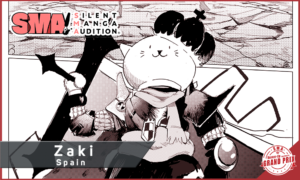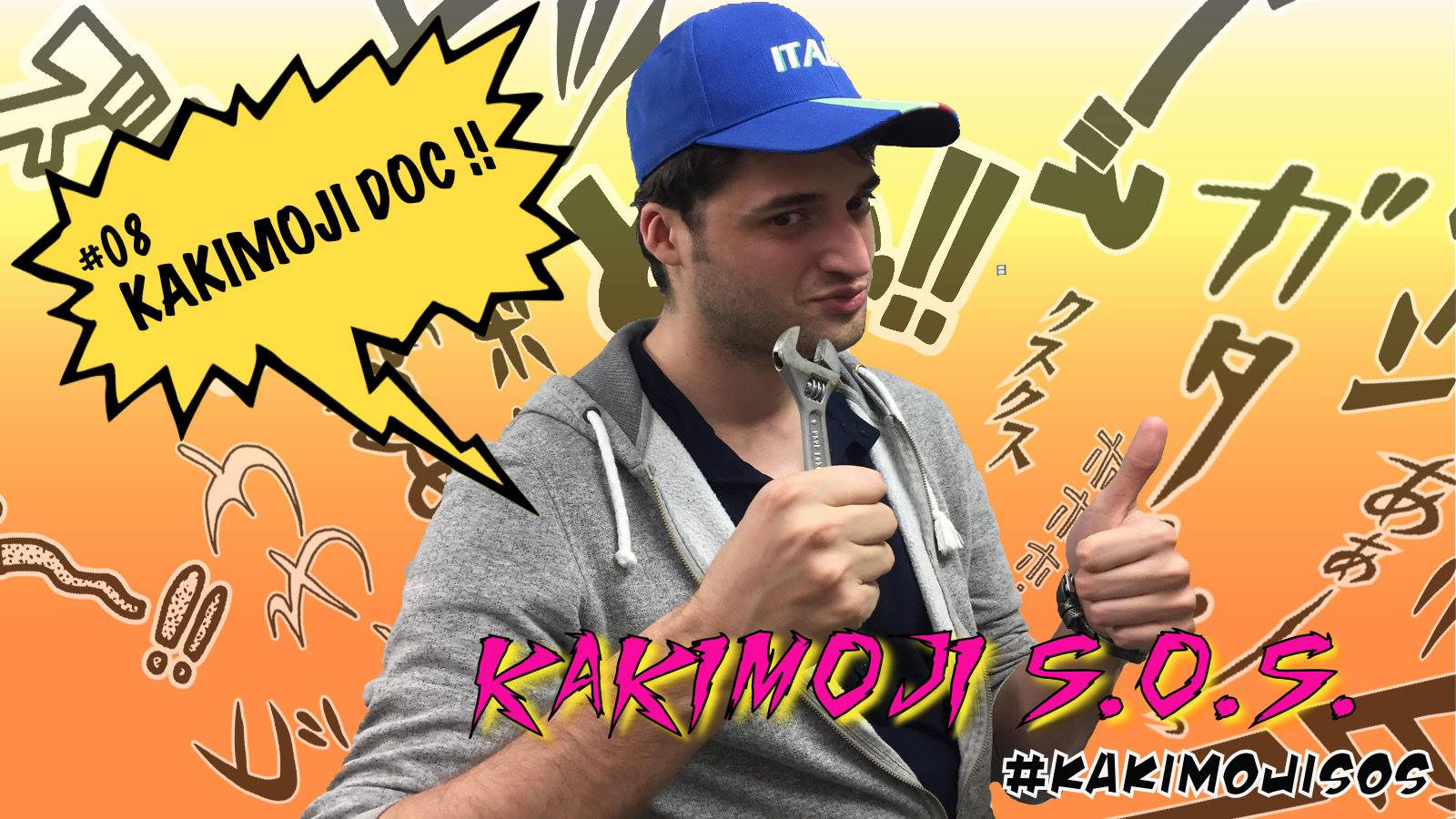
Hello, my NOISY friends and welcome to the latest Kakimoji S.O.S. (Sound Of Silence) article!
Today, we will talk about the beloved work of our SMAC! judge Tsugihara sensei, YOROSHIKU MECHADOC, along with the differences between Human Kakimoji and mechanical Kakimoji! Are you ready? Yes?
So rev your engine, wait for the checked flag…
3, 2, 1, GO!!!


And the Kakimoji race begins!! This high-octane battle for speed covers 4 “laps” of interest!
1) Car Kakimoji 2) Human Kakimoji 3) Variation of Kakimoji 4 EXTRA) Engine Kakimoji
Oh, wow Penmaru! Are you really ready to create your Kumamoto Round manga about cars?? Ok, let’s do this!
1) Car KakimojiCar Kakimoji frequently uses ‘sounds’ beginning with G and D, for example: “GOOO!” (ゴォォーーッ) “GWAAAAN” (グワアアアン) and “DOSHU!” (ドシュッ). These sounds are formed with a combination of Katakana (sharp letters) and jagged fonts. This is most likely as a result of Tsugihara sensei wanting emulate strong momentum and loud, mechanical sounds. The variant forms of Car Kakimoji greatly help to differentiate between high-speed race scenes and everyday moments in the manga, able to express speed and slow pace respectively.

DOSHU! (ドシュッ)

GWAAAAN(グワアアアン)
2) Human Kakimoji
On the other hand, Kakimoji used for human sounds are displayed in Hiragana (cursive letters), coupled with simple fonts. This creates a clear contrast between the cold, repetitive machine sounds and the unpredictable sounds of humans. Though we see a multitude of Kakimoji used in race scenes, these differing styles not only helps to build up tension in the story, but also offers the chance to add a level of comedy. For example, a human surrounded by the Kakimoji “WAA” (わー), written in Hiragana would be cause for hilarity by the very nature of the sound, whereas in Katakana, we can attribute to a machine.

WAA (わー, to scream) Hiragana

WAAAN (ワアアアン, to steer) Katakana
3) Variation of Kakimoji
A variation of Kakimoji usage is to contain the sound or feelings (in the case of using comical faces) in small balloons. This also helps to set the atmosphere of the racing scenes, from serious to comedic.

SU! (スッ, movement of the air)

NIHI (にひっ, to smile)
4) –EXTRA) Engine Kakimoji
To represent the sound of a car, drifting around the race track, we use the Kakimoji “PATAPATA”. The “P” sound, followed by a rhythmic beat represents a soft, “ticking over” sound which is perfect for showing the reader the car is coasting along at a low, comical speed.

PATAPATA (パタパタ, whap-whap)

WAAAAA! That means “To scream”, right Enrico? I loved this article and all the different variations of Kakimoji! Do you think it can be applied in every language around the world or this is a prerogative for Japanese manga only? Also…WHAT’S NEXT?!
Oh, come on, Penmaru! If there’s something that we at SMAC! want you and all our Community to learn, is that nothing is exclusive to Japanese manga! Anybody can use the tools in Japanese manga and make their own, using their own language, in true WASAMON style!
Next time, you say? The passing of time expressed by Kakimoji!
DO NOT MISS IT!
CIAO!
FOLLOW ME for more Kakimoji tips! Twitter Facebook






